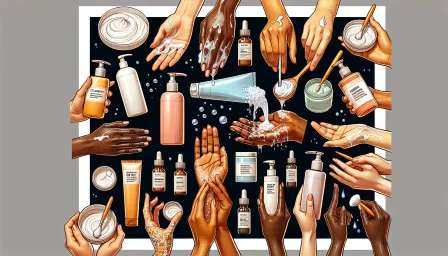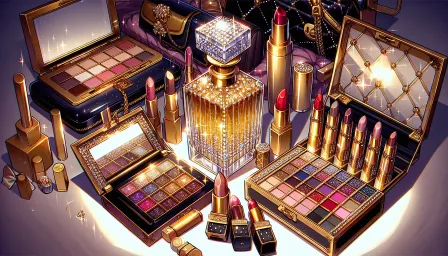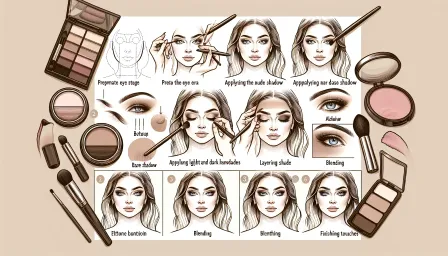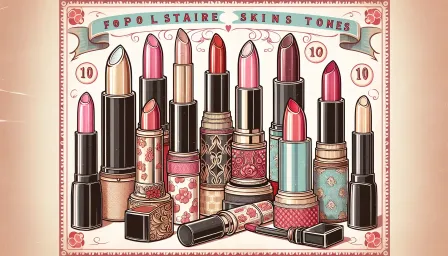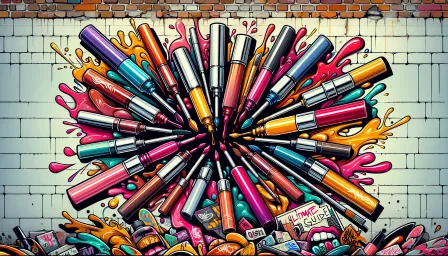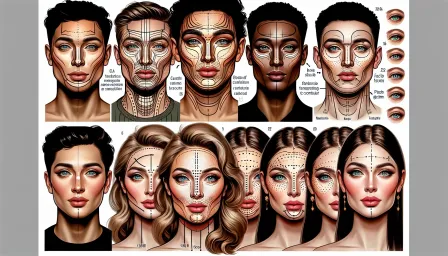Exploring Beauty Standards in Different Cultures: A Global Perspective
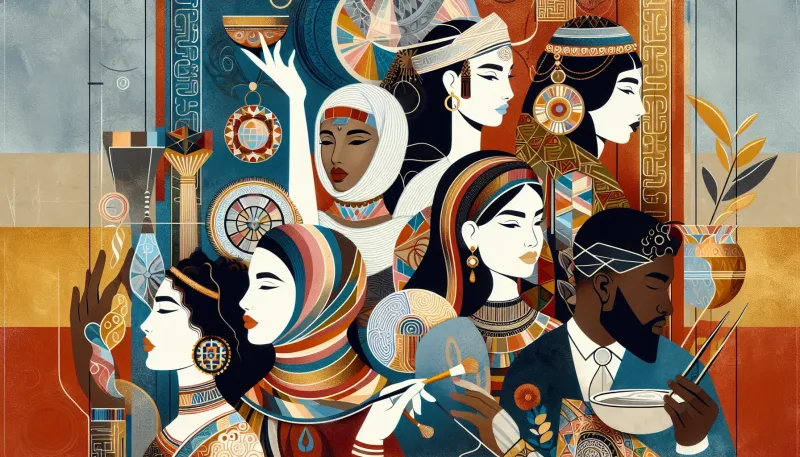
Discover how beauty standards vary across cultures and the factors influencing these ideals. Explore a global perspective on beauty and the impact of cultural diversity.
The perception of beauty is inextricably linked to cultural identity. From the fair complexion prized in East Asia to the voluptuous figures celebrated in Africa, beauty standards are not only diverse but also deeply rooted in history and social norms. This article delves into the varied beauty standards in different cultures, offering a global perspective and examining how these ideals shape and reflect cultural values.
The Concept of Beauty: A Cultural Construct
Beauty standards are socially constructed notions of what is considered attractive or desirable in a given culture. These standards are influenced by a myriad of factors, including historical events, societal norms, celebrity influence, and media representation. While some beauty ideals transcend cultural boundaries, others are distinctly unique to specific societies.
Historical Influences on Beauty Standards
Historically, beauty standards have evolved significantly. In Ancient Greece, symmetry and proportion were the epitome of beauty, while in the Victorian era, a pale complexion was highly coveted as it indicated a life of leisure away from the sun. Understanding the historical context helps explain why certain features are esteemed in particular cultures.
Beauty Standards Across Different Cultures
East Asia: Fair Skin and Delicacy
In many East Asian societies, such as China, Japan, and South Korea, fair skin is often considered a hallmark of beauty. This preference dates back to ancient times when fair skin was associated with wealth and aristocracy, as laborers working outdoors would have tanned complexions. In contemporary times, this ideal persists through popular skincare regimens and beauty products designed to lighten the skin. Additionally, a delicate and youthful appearance is greatly valued, influencing trends such as plastic surgery and makeup techniques aimed at achieving a more doll-like or "cute" appearance.
Africa: Embracing Curves and Bold Features
In many African cultures, beauty standards celebrate fuller figures and bold, prominent features. The ideal of a voluptuous body—with wide hips and a defined waist—is prevalent, reflecting a deep-seated appreciation for fertility and robustness. This ideal is not only a representation of beauty but also a symbol of health, wealth, and the ability to bear children. Hair, too, holds significant cultural importance, with natural hair textures and intricate braiding styles being celebrated as expressions of identity and heritage.
Western Standards: An Evolving Landscape
Western beauty standards, prominently influenced by European ideals, have traditionally favored a slender figure and symmetrical facial features. However, these standards are constantly evolving. The contemporary West sees an increasing appreciation for diversity and inclusivity, with media representation beginning to reflect a broader array of body types, skin tones, and ethnic backgrounds. Movements advocating for body positivity and natural beauty challenge the once rigid standards, promoting a more individualized and inclusive definition of beauty.
Media Influence on Global Beauty Standards
The global reach of mass media plays a pivotal role in shaping beauty standards around the world. International celebrities, fashion magazines, and social media platforms contribute to the proliferation of certain beauty ideals, often creating homogenized perceptions of beauty. However, this global narrative is increasingly being countered by local and cultural-specific perspectives that assert the richness and diversity of beauty.
The Role of Social Media
Social media has democratized beauty standards by allowing individuals from diverse backgrounds to share their unique expressions of beauty. Platforms like Instagram and TikTok showcase a variety of beauty trends and routines that challenge traditional norms and highlight cultural specifics. Influencers and content creators from different parts of the world bring visibility to local beauty practices, encouraging a more inclusive and global understanding of beauty.
The Psychological Impact of Beauty Standards
The pressure to conform to specific beauty standards can have significant psychological impacts. In many cultures, individuals may feel compelled to alter their appearance through diets, cosmetic procedures, or other means to fit the idealized image. This can lead to issues such as low self-esteem, body dysmorphia, and other mental health concerns. Conversely, the celebration of diverse beauty ideals can foster self-acceptance and confidence, highlighting the importance of inclusive beauty standards.
The Importance of Cultural Sensitivity
Cultural sensitivity is crucial when discussing beauty standards. A deeply ingrained beauty ideal in one culture may not align with those in another, and it is important to approach these differences with respect and understanding. By recognizing and appreciating the cultural context behind beauty ideals, we can foster a more inclusive and empathetic global community.
Conclusion
Beauty standards in different cultures reflect a complex interplay of history, societal values, and individual expression. As globalization continues to influence the perception of beauty, there is a growing need to celebrate and respect the diversity of beauty ideals worldwide. By embracing a more inclusive approach, we can move towards a global perspective that honors the unique beauty in every culture, fostering a world where diverse standards of beauty are acknowledged and appreciated.




